Raymond Henri Dietrich: Automotive Architect of the Classic Era
Images: Dalton Watson Fine Books
Instead of a review of this brilliant biography on the American designer and coachbuilder Ray Dietrich, we are running a most amusing and interesting extract from the book:
While Durant was manufacturing the Locomobile, it was a member of his sales organization who steered Dietrich toward one of his most interesting clients. A call from Vice President Ted Jackson alerted Dietrich to the fact that a visiting dignitary wanted to place a special order body to be designed by Dietrich on Locomobile chassis. Jackson indicated that the Bank of England had cabled saying that the client was a Maharajah from Baroda, India, who would be in New York attending an international meeting of the Masons; and while there he wanted to have three custom Locomobiles designed and built.
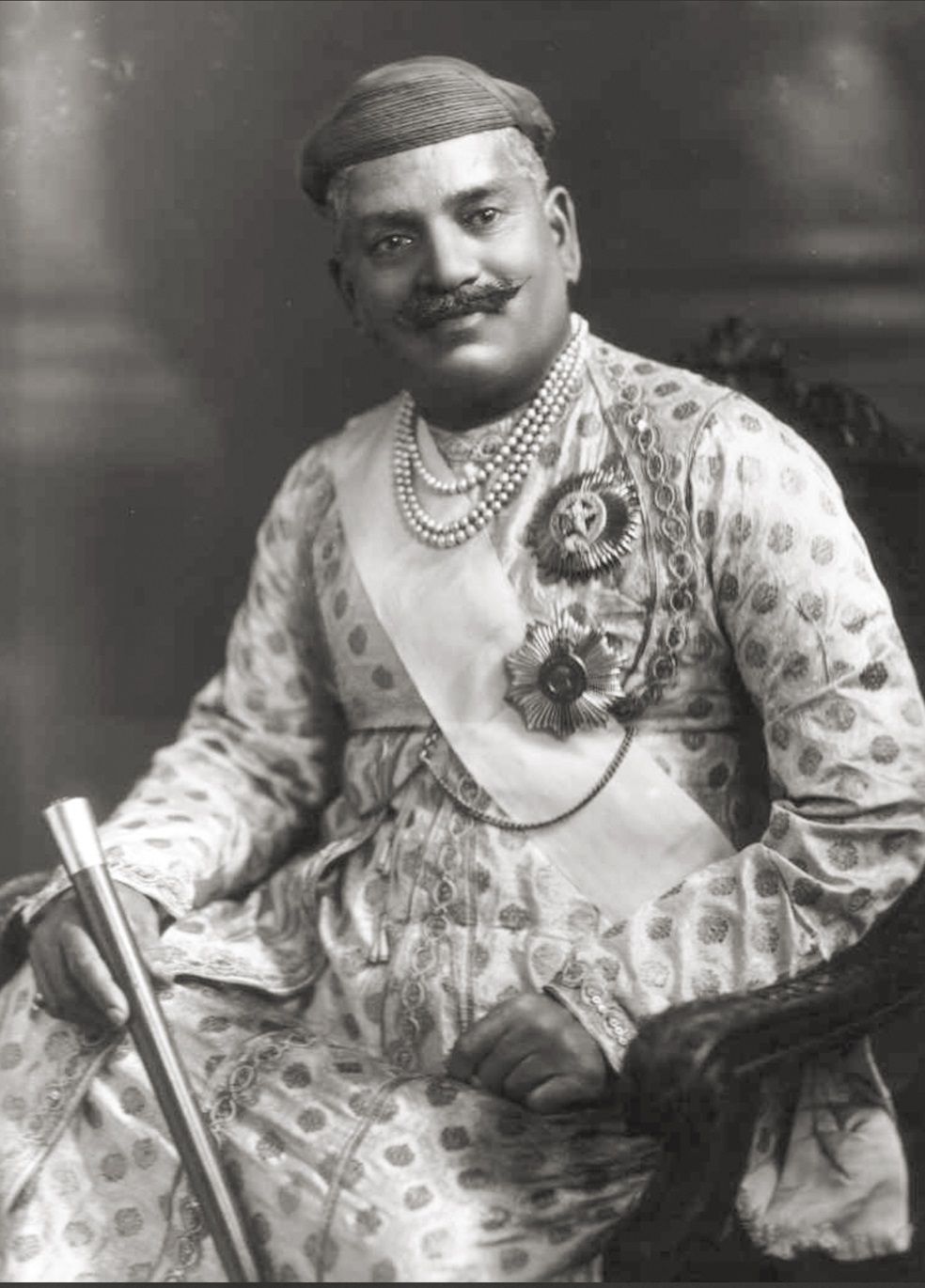
The Oxford University-educated Maharajah, Dietrich learned, was incredibly wealthy – the majority of his fortune coming from numerous ruby and diamond mines. Furthermore, the potentate had an interesting monetary arrangement whereby his family jewel collection was deposited with the Bank of England and used as collateral for cash, which meant that the Maharajah and his entourage conveniently purchased everything on credit by prior arrangement. Debts they incurred were then paid for by income generated from the sale of lesser diamonds and rubies from his mines, while the family jewels remained intact and were never sold.
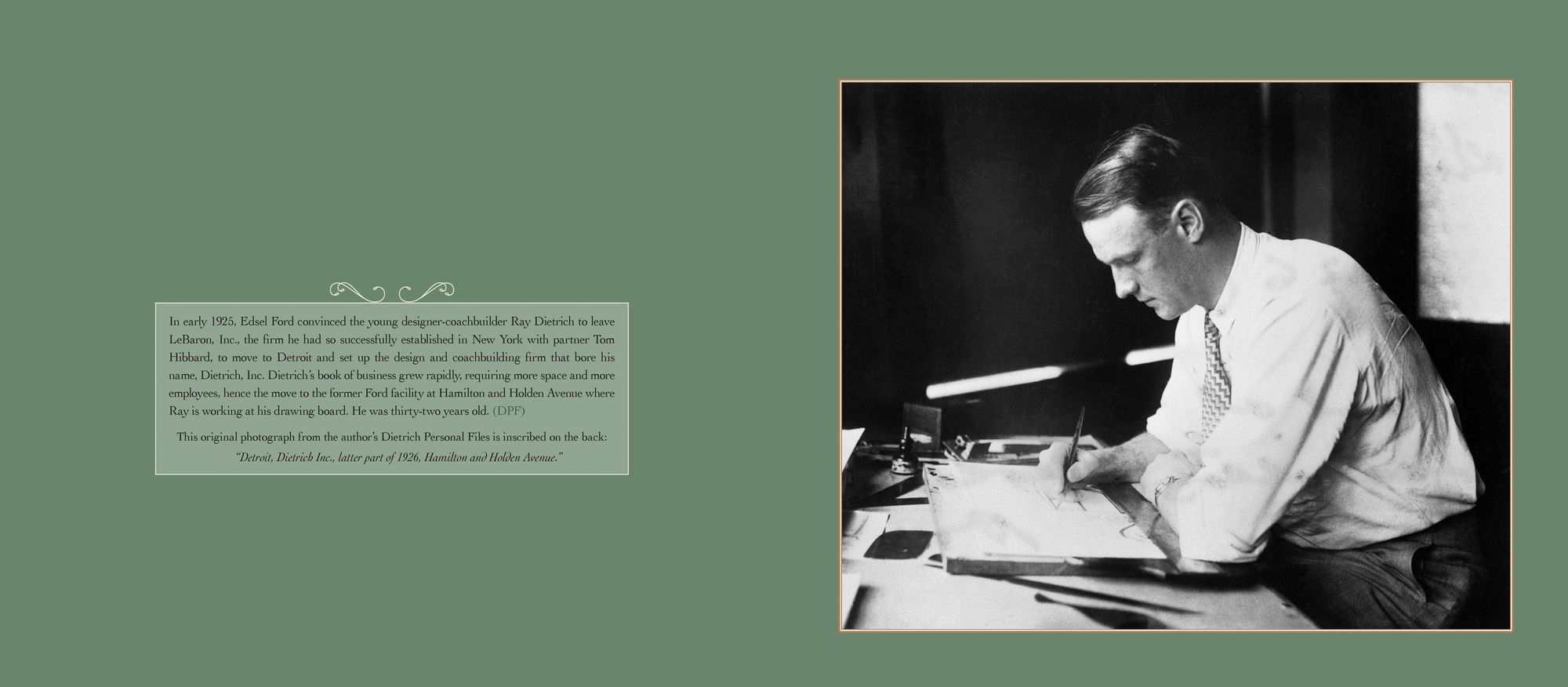
Dietrich’s first challenge was to interview his distinguished client to discuss specifications for the three Locomobiles. This was easier said than done, considering that royal guards continually surrounded him, and staff carefully vetted all guests. After numerous phone calls, Dietrich finally made an appointment to meet with the Maharajah in his suite of rooms on the ninth floor of the Plaza Hotel in New York. On the specified day and time, Dietrich took the elevator to the suite where a contingent of royal guards escorted him to the inner sanctum.
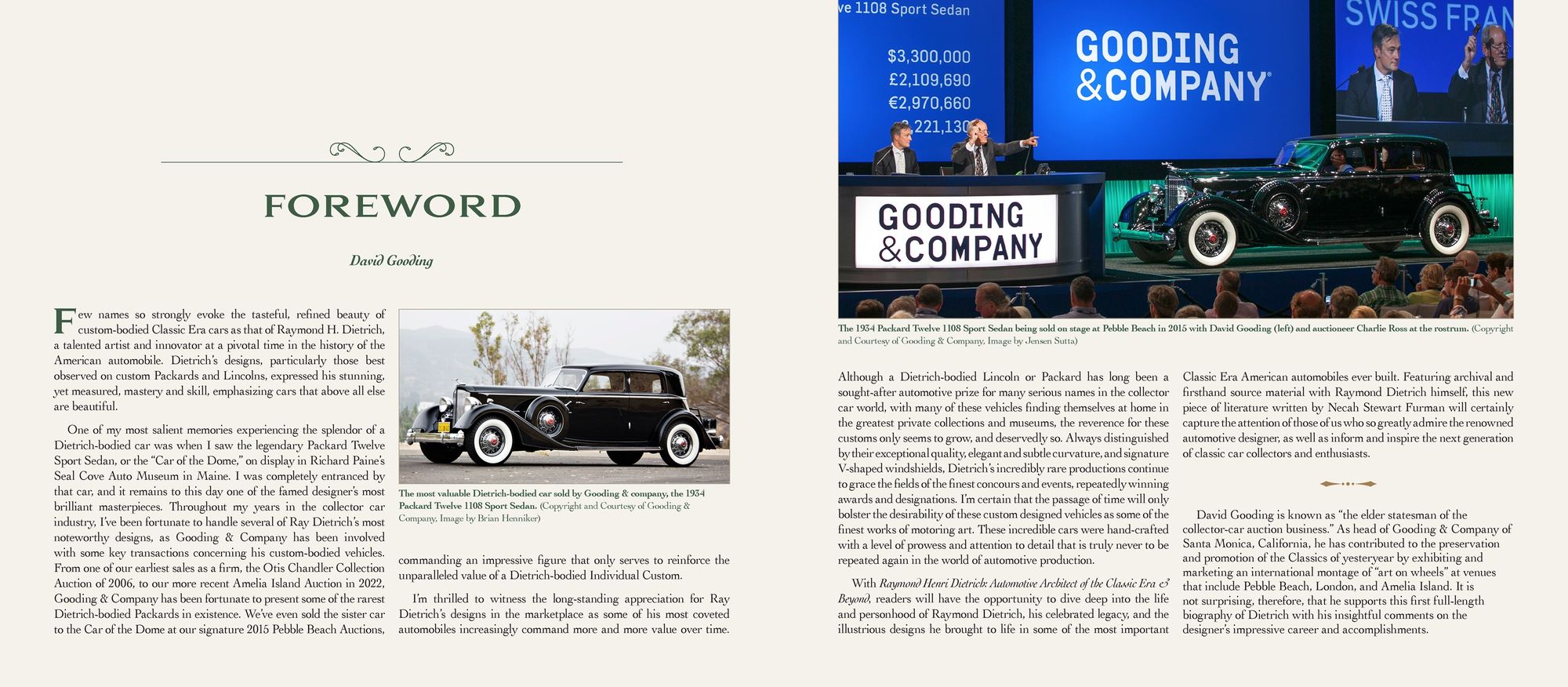
Filled with curiosity, Dietrich entered a large ballroom. At the far end, he saw a dark-skinned gentleman wearing a skull cap, lounging on colorful cushions, eating sardines with his fingers out of a can. With some difficulty, Dietrich maintained his composure. As he walked toward his client, a quick glance at the surroundings showed a nearby pedestal on which rested a jeweled turban and in its folds nestled a large, blood-red ruby.
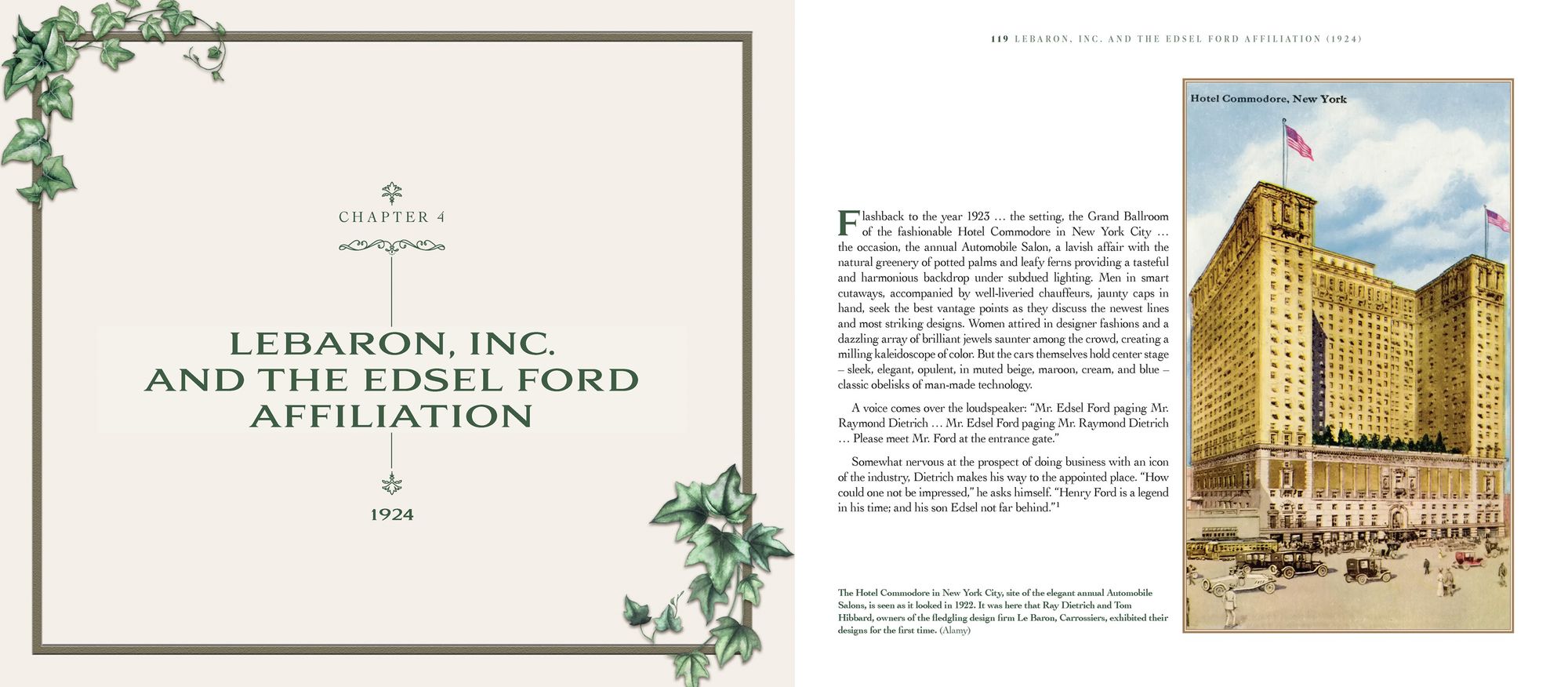
The Maharajah, in a proper British accent, invited the designer to join him. “Come, sit down,” he said, motioning to the cushions beside him. When he saw Dietrich staring at the can of sardines, he explained that “The little fishes are one of my favorite foods, especially with Nabisco crackers.”
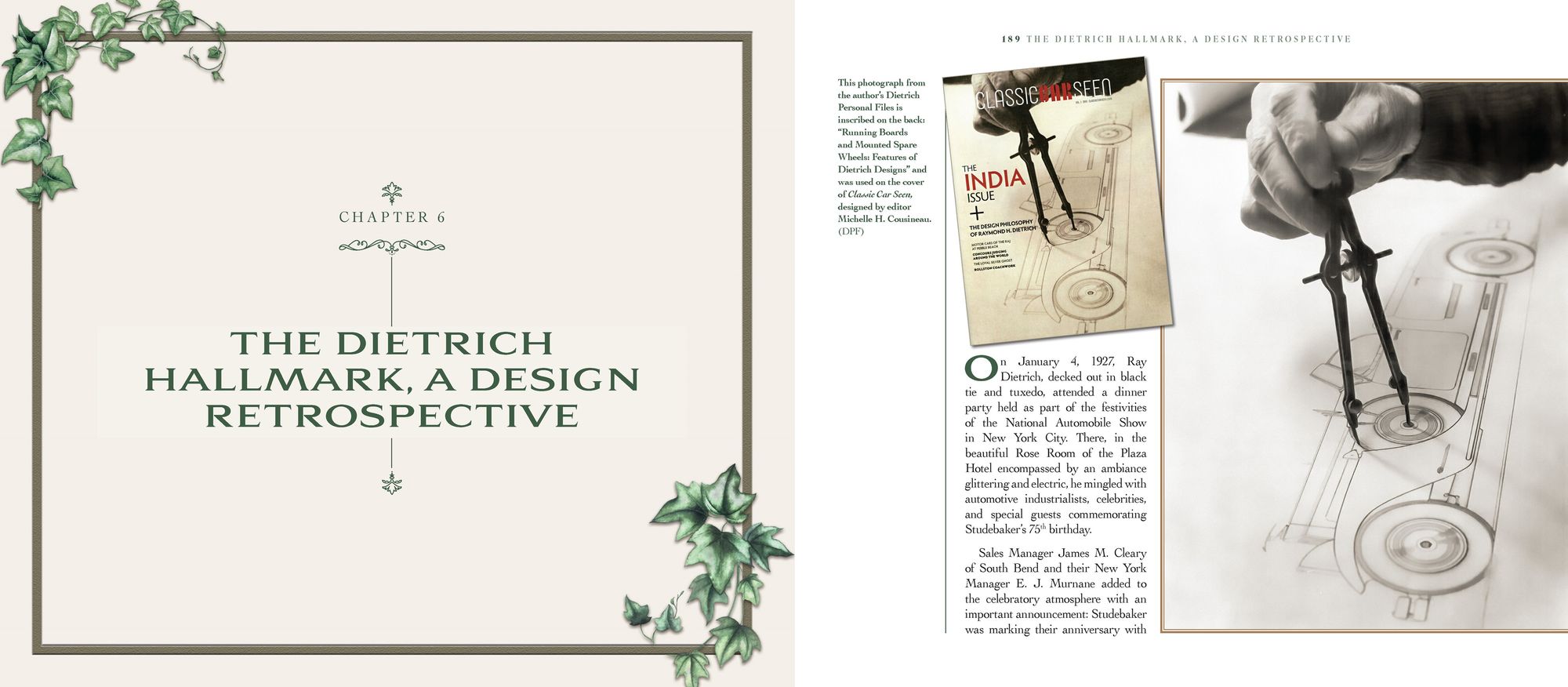
After the Maharajah finished his snack, a servant approached to remove the remnants, and the two got down to business. As it turned out, the Maharajah knew exactly what he wanted.
“I want three automobiles,” he said, “one for myself, which will be the lead car; the second for my guards and servants; and the third for the wives I choose to accompany me.”
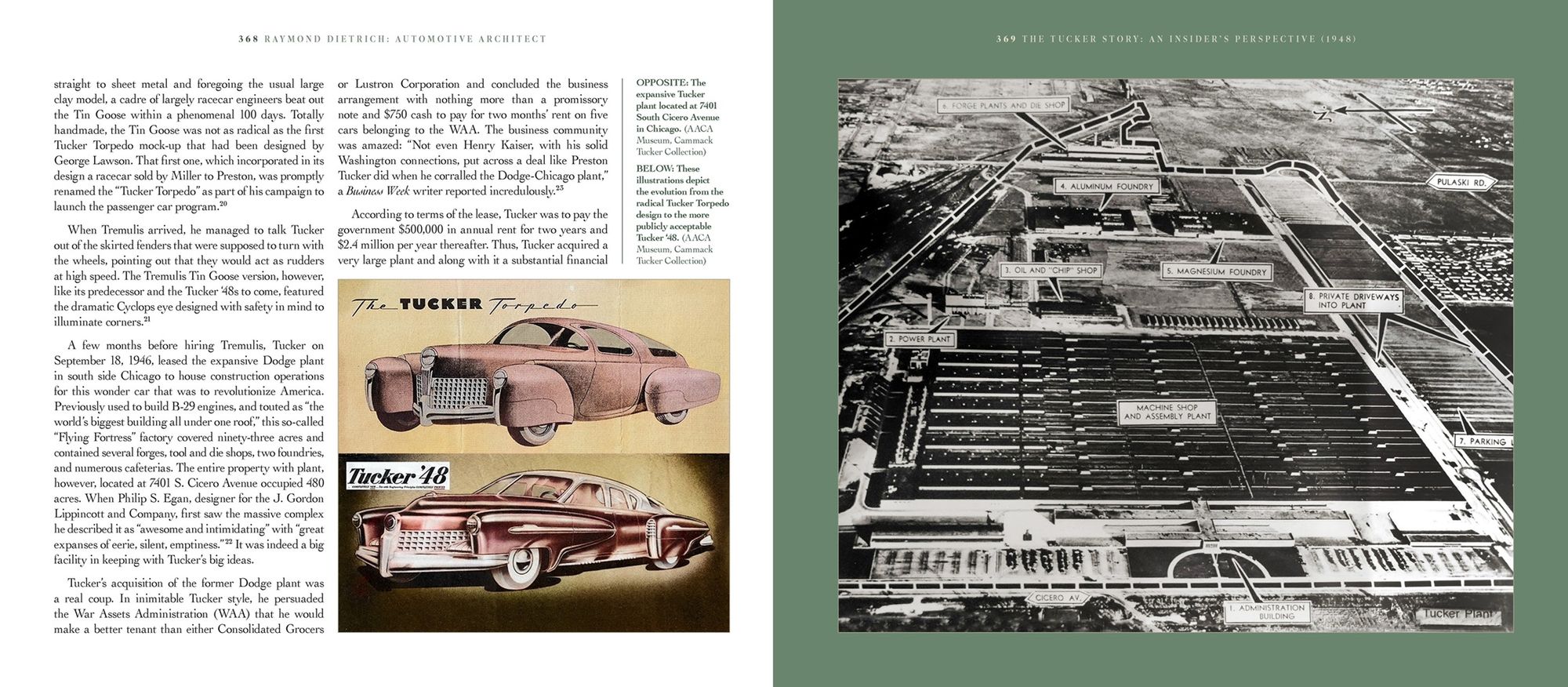
Taken aback, Dietrich was unable to stifle his curiosity. “Uh, how many [wives] do you take with you?” he asked.
“Five or six,” the Maharajah responded in an offhand way and with that they proceeded to discuss the details of each design, some of which were unique.
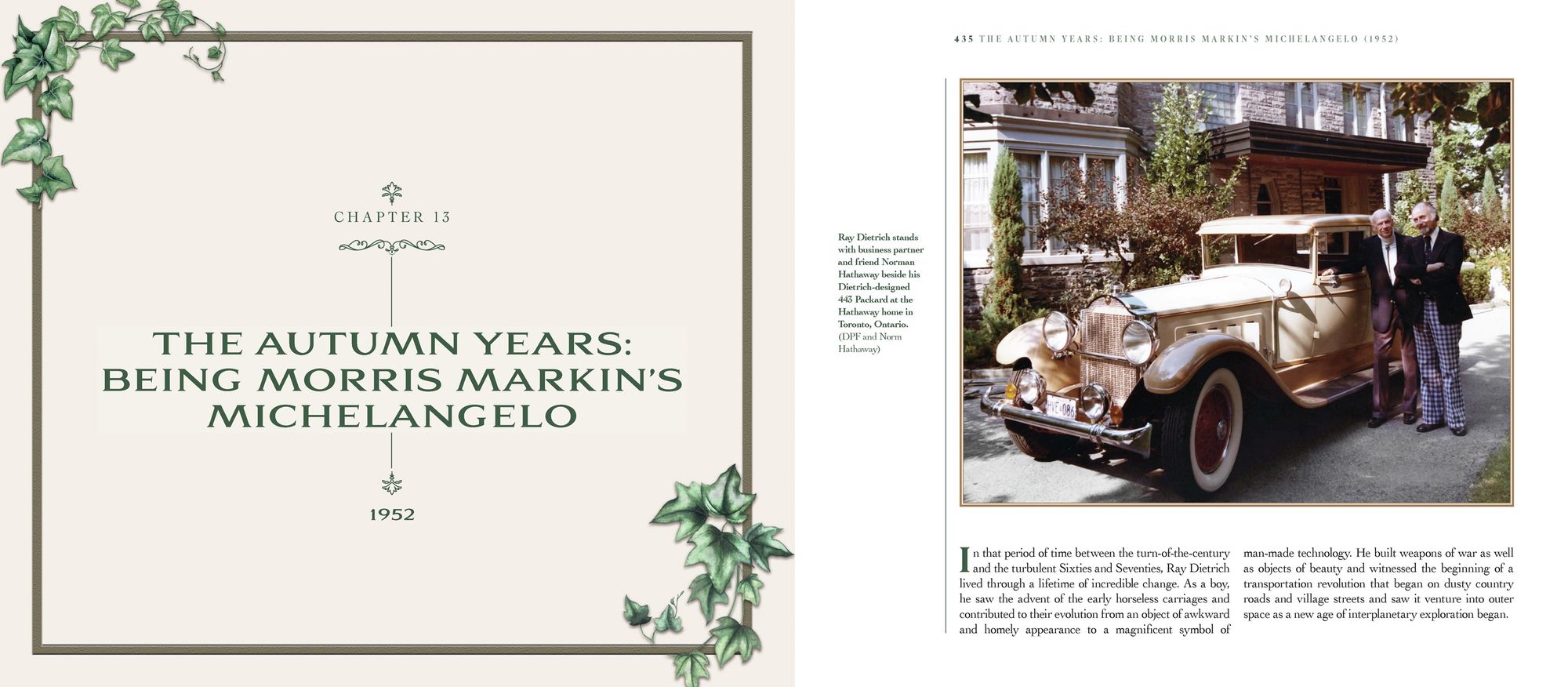
For his personal car, the Prince requested that twin platforms be constructed, large enough to accommodate an armed guard, one on each side of the cowl and windshield. He also specified that the bracket coming off the cowl should have a strong belt attached. Dietrich understood that the contraption was to serve as a place on which the guards would stand, but he did not understand the purpose of the belts, so he asked.
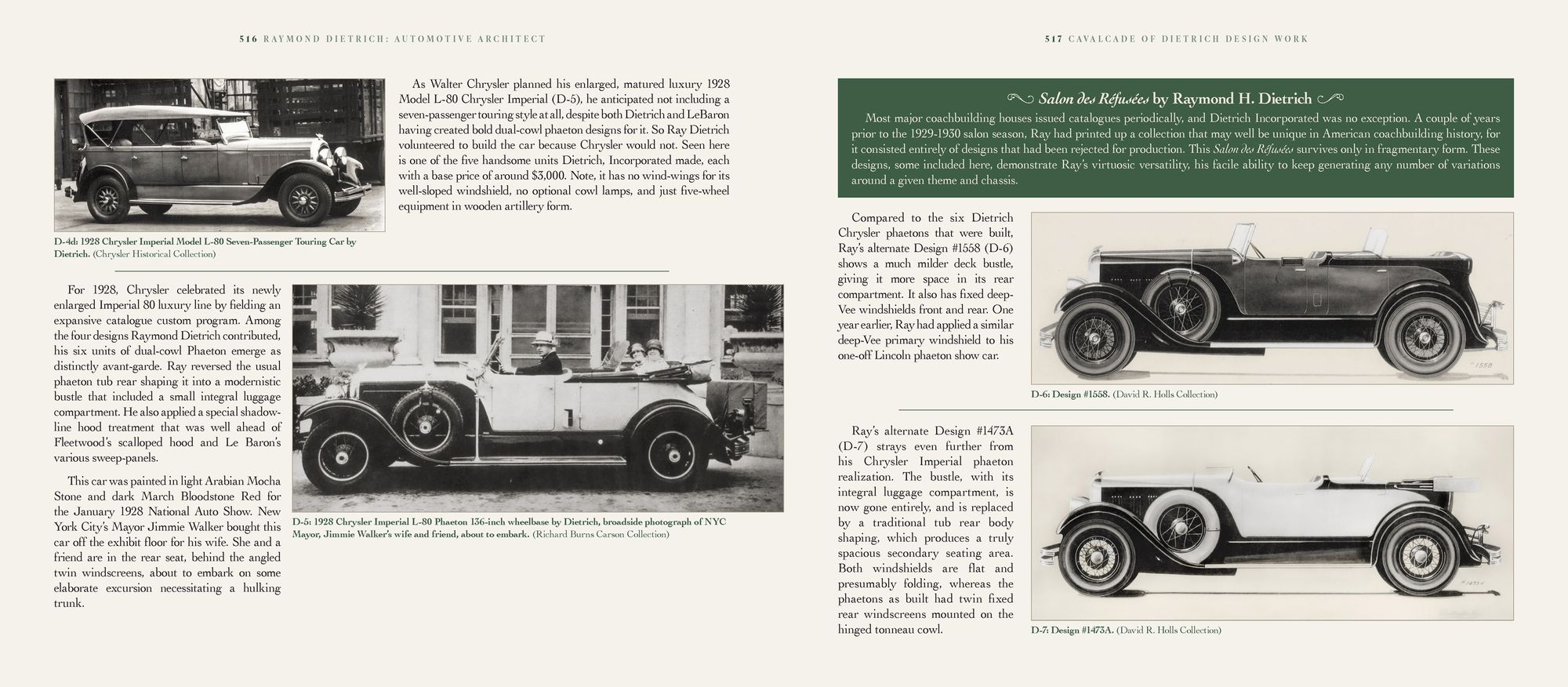
“Why do you need belts?”
“To strap the men in place in case they get shot,” he was told.
“But wouldn’t it be better if they were allowed to fall off the side?”
“Oh, no,” the Maharajah explained patiently, “they might get under my wheels and stop the car.”
Despite sounding crass, Dietrich felt the rationale made good sense.
For his personal automobile, the Maharajah specified that he wanted interior appointments of the finest tapestry, wood carvings, and gold trimmings. Specifications for the wives’ car included luxurious satins and brocades. The bill for the three, close to $100,000, didn’t appear to be an issue.

As they neared the end of their business meeting, Dietrich felt comfortable enough to inquire about the particularly magnificent turban adorned with the large ruby sitting on the pedestal.
“Do you ever wear the turban?” Dietrich asked.
“Only to please the ladies and photographers,” the Maharajah replied. “They like to see me wear the ruby.”
Dietrich couldn’t resist one final question. “When you visit our country,” he said, “do you bring all your wives with you?”
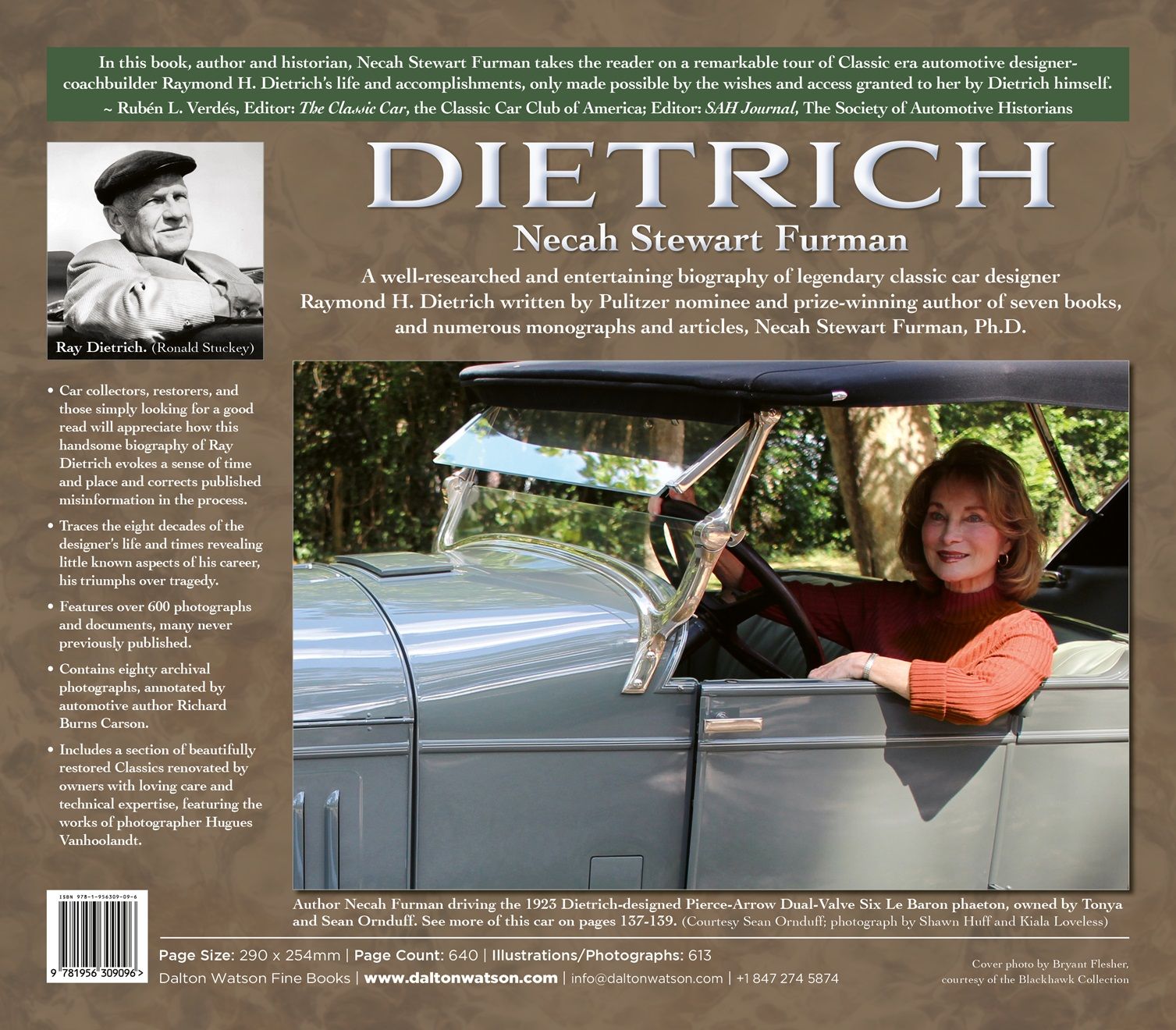
The Maharajah looked at his guest with a pleasant smile and clapped his hands. In stepped one of the servants, bowing low. The Prince gave a command in his native language, and soon a door opened to reveal a bevy of what Dietrich described as “six of the most gorgeous women you’ve ever seen, dressed in the finest of silks.” They all came rushing out and draped themselves affectionately around the Maharajah, who was watching Dietrich with amusement. “Does that satisfy your curiosity?” he asked indulgently.

Published by Dalton Watson Fine Books, Raymond Henri Dietrich by Necah Stewart Furman can be ordered at: Raymond Henri Dietrich: Automotive Architect of the Classic Era & Beyond by Necah Stewart Furman, Ph.D. (daltonwatson.com)
Comments
Sign in or become a deRivaz & Ives member to join the conversation.
Just enter your email below to get a log in link.
